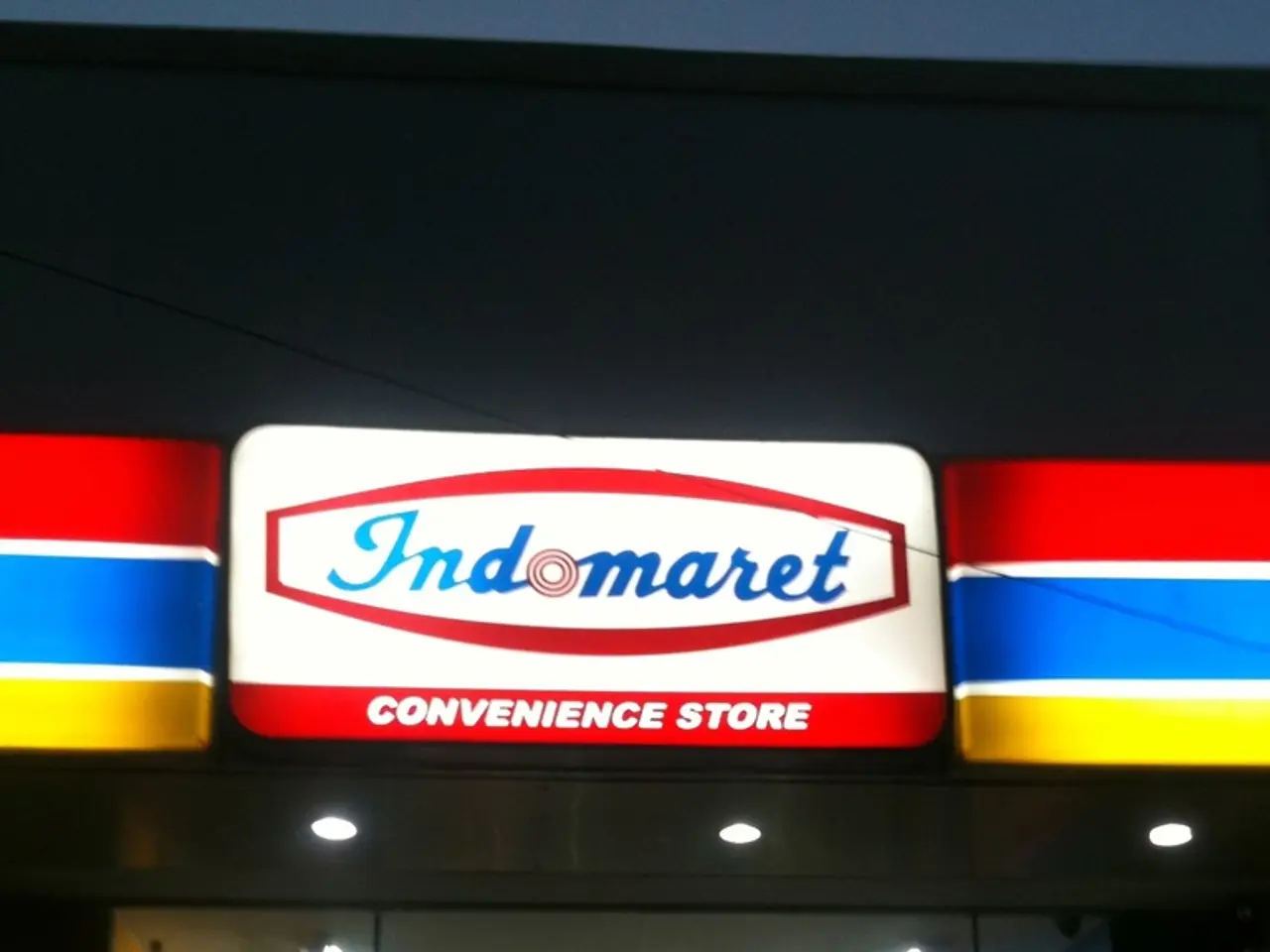Engage, Conquer, and Motivate Your Customer Base
In today's rapidly evolving digital market, retailers are increasingly adopting omnichannel strategies to deliver a seamless and unified shopping experience for their customers. The team at Payment & Banking, a leading independent economic hub, plays a crucial role in shaping the finance and fintech industry by providing deeper insights and actively influencing themes such as payment, banking, fintech, crypto, and digital assets.
A successful omnichannel retail strategy is driven by intelligent system integration, data-driven personalization, consistent and flexible customer experiences, operational automation, and gradual channel optimization. The goal is to create a phygital environment where customers experience consistent, fluid interaction between online platforms and physical stores.
Seamless Integration of Digital and Physical Touchpoints
Retailers must link ecommerce, point-of-sale (POS), CRM, and messaging systems into a unified ecosystem to enable real-time data sharing and a holistic customer view. This integration creates a phygital environment where customers can interact seamlessly across online platforms (ecommerce websites, mobile apps, social media) and physical stores (retail outlets, pop-ups, click-and-collect services).
Unified and Intelligent Shopping Cart Integration
Intelligent synchronization of shopping carts across all channels is essential. Customers should be able to add, remove, or modify products seamlessly whether shopping online or in-store, ensuring the cart’s contents follow them without friction. This real-time integration enables a smoother purchase process and enhances conversion rates by reducing drop-offs.
Customer-Centric Personalization Using Data and AI
Leveraging big data, AI, and machine learning allows retailers to anticipate customer needs and personalize experiences across channels. Collecting and analyzing data from multiple touchpoints lets retailers provide relevant offers, tailored recommendations, and context-aware communications throughout the customer journey.
High Flexibility for Customers and Traders
Omnichannel strategies must offer customers multiple choices in how they shop and receive products, such as click-and-collect, home delivery, and easy returns. For traders (store staff and sales teams), having access to unified dashboards and data helps them respond flexibly to customer needs, manage inventory more effectively, and cross-sell or upsell opportunities in real time.
Consistent Branding and Messaging Across All Channels
Maintaining consistent brand tone, visual identity, and campaign messages builds trust and customer loyalty. Whether the consumer interacts via mobile, social media, email, or in-store, the experience should be coherent and reinforce the brand’s value proposition.
Automation and Operational Efficiency
Automating repetitive marketing and communications tasks frees up time for strategic innovation and customer engagement. Smart automation also enables timely touchpoints that keep customers engaged without overwhelming them.
Mapping and Optimizing the Customer Journey
Understanding how customers move across platforms and identifying friction points ensures smoother transitions between channels. Continuous testing and optimization based on customer journey mapping improve satisfaction and sales outcomes.
Phased Implementation Focused on High-Value Channels
Starting with the most critical and active channels and gradually expanding integration helps manage complexity while maximizing early business value. Retailers should build a unified view of omnichannel inventory and media assets to tailor campaigns and retail media offerings effectively.
Cloud-based platforms, such as the PAYONE Commerce Platform, enable retailers to elevate the entire shopping experience for their customers by aggregating and representing shopping carts from all distribution channels within a single system. These platforms allow for seamless integration of all online and offline channels, offering a compelling approach to realizing flexible checkout processes in an increasingly digital world.
In a rapidly evolving market, retailers who utilize the potential of such platforms can act more efficiently and strengthen their competitive position. The ability to create flexible, customer-oriented shopping experiences becomes a critical success factor in an increasingly digital world. Successful omnichannel strategies aim to meet the needs and preferences of the customer, offering the same prices, discounts, and loyalty points regardless of where the customer interacts with the brand.
- The integration of the PAYONE Commerce Platform, a cloud-based solution, facilitates a seamless connection between all retailer's online and offline channels, thereby creating a phygital environment, and allowing for flexible and efficient checkout processes in the rapidly evolving digital market.
- The finance and business sector, including technology, plays a significant role in empowering retailers by providing platforms, such as the PAYONE Commerce Platform, that streamline operations, enabling retailers to offer unified and customer-oriented shopping experiences in the digital era.




